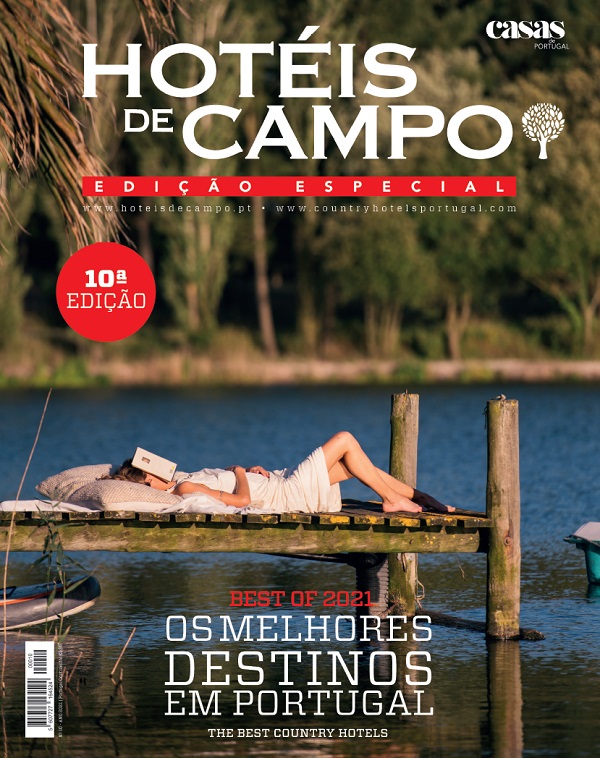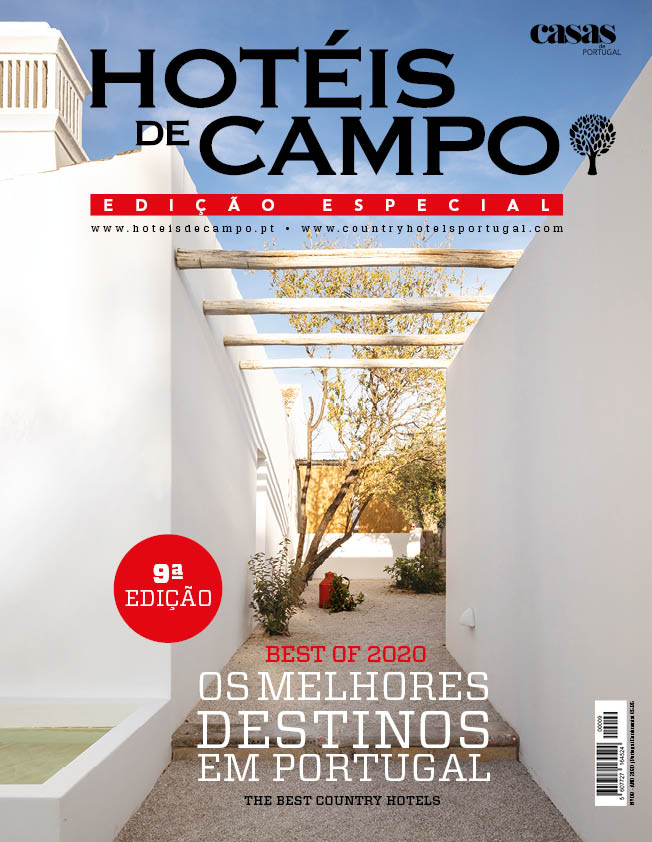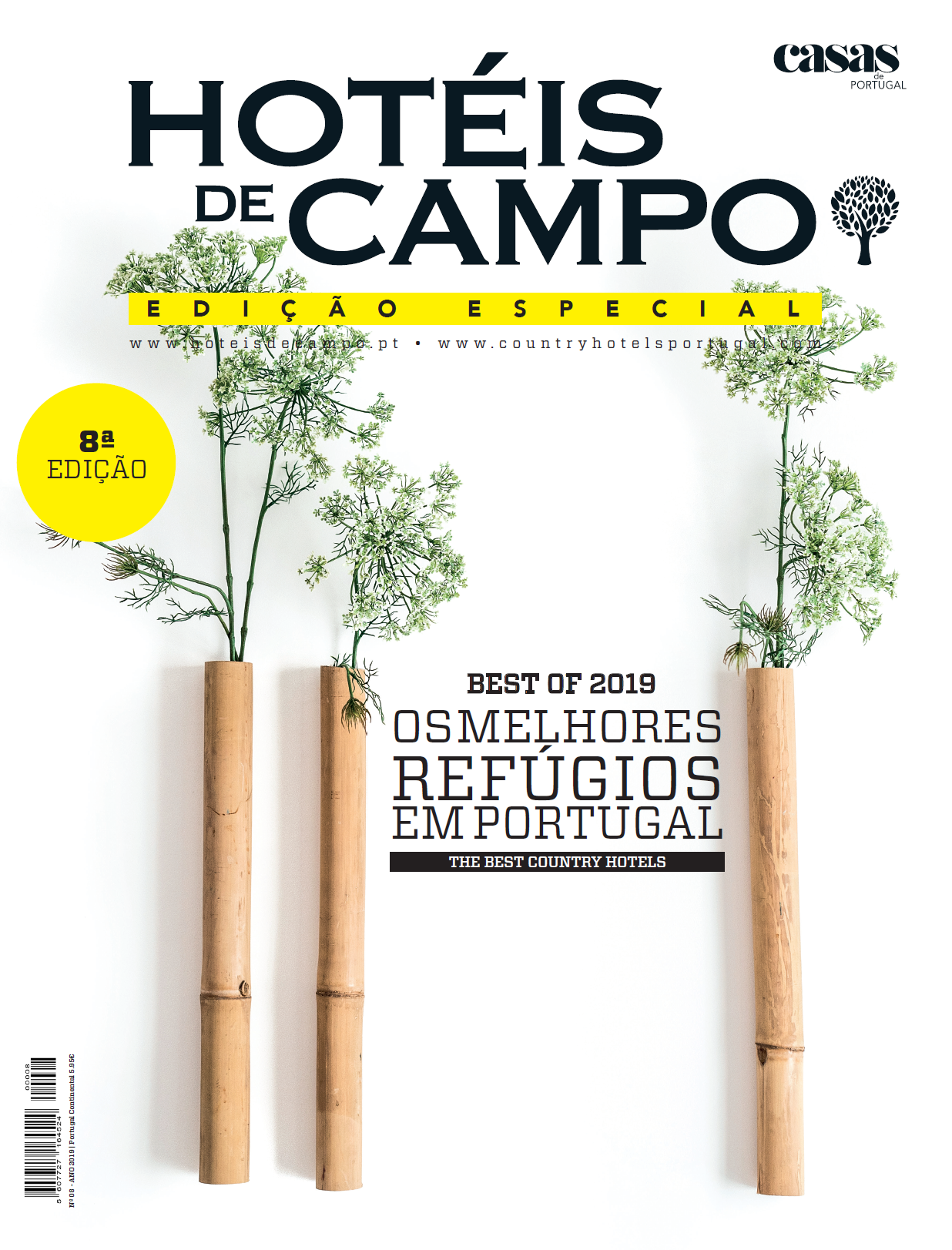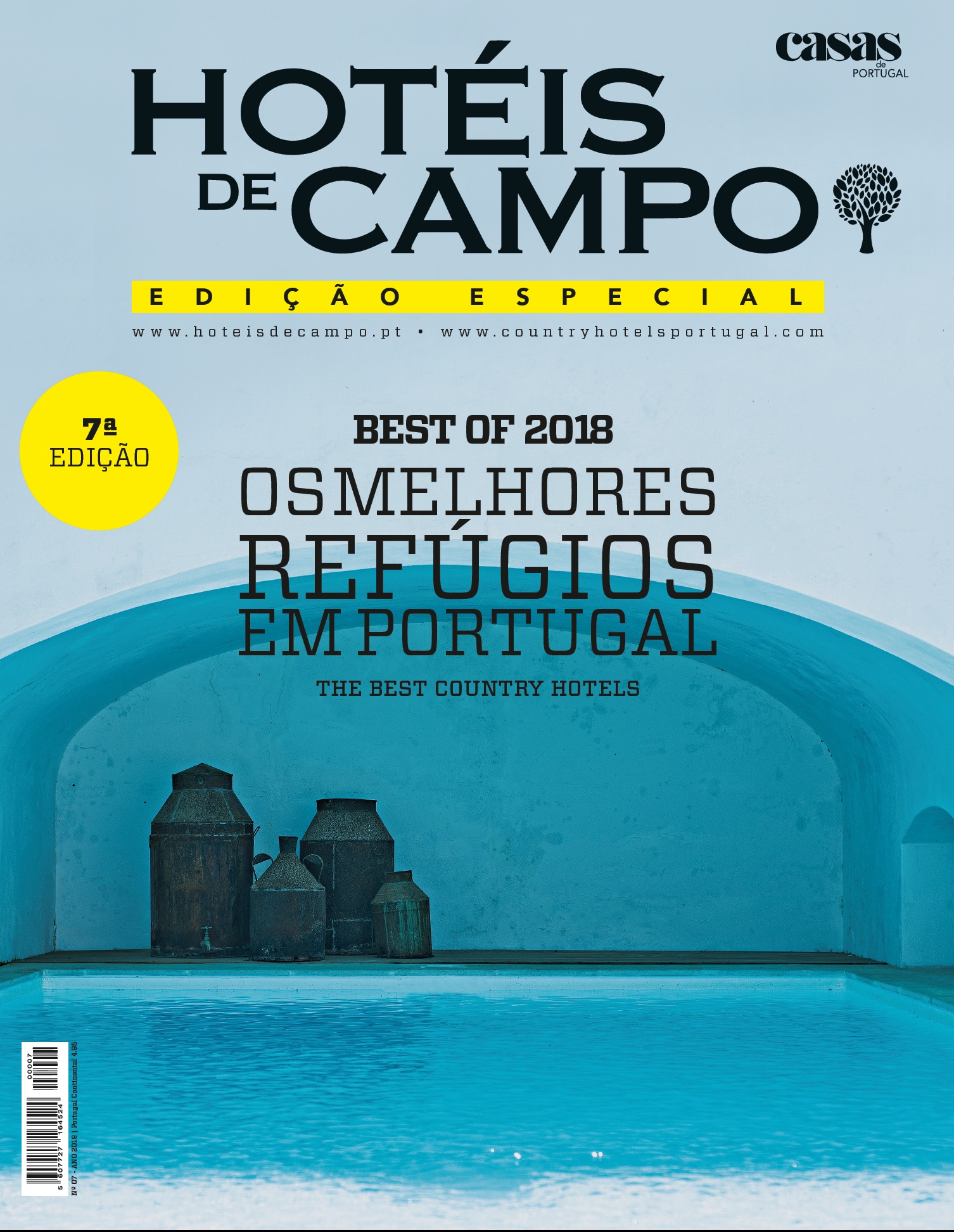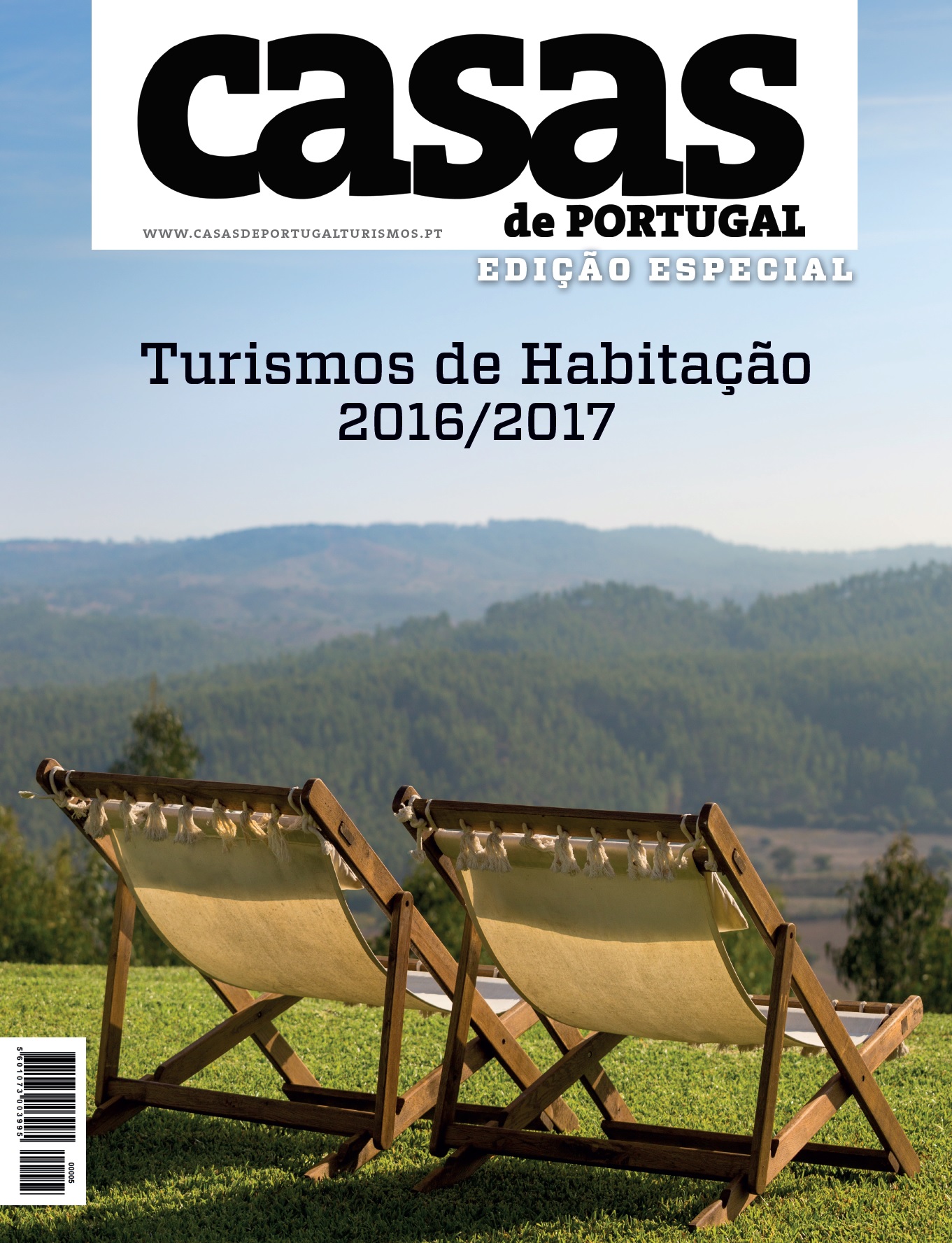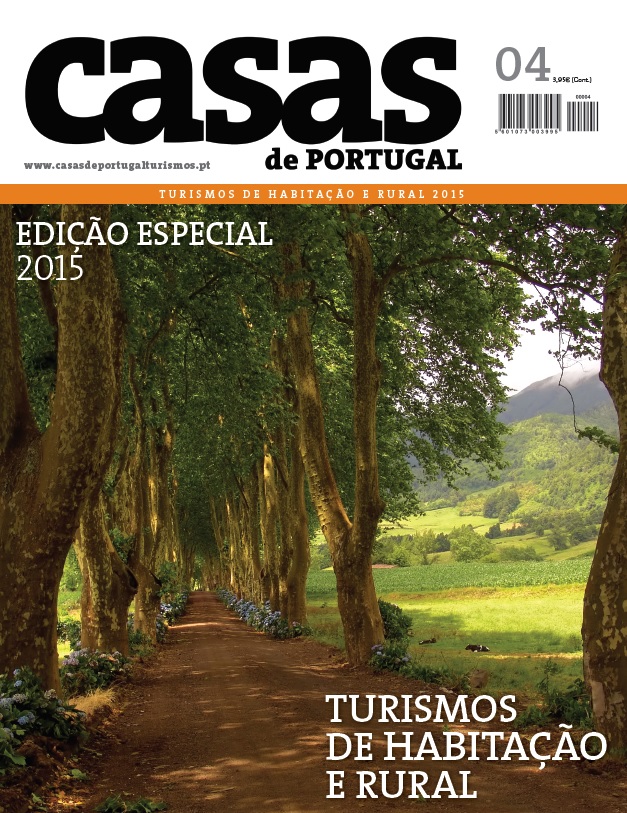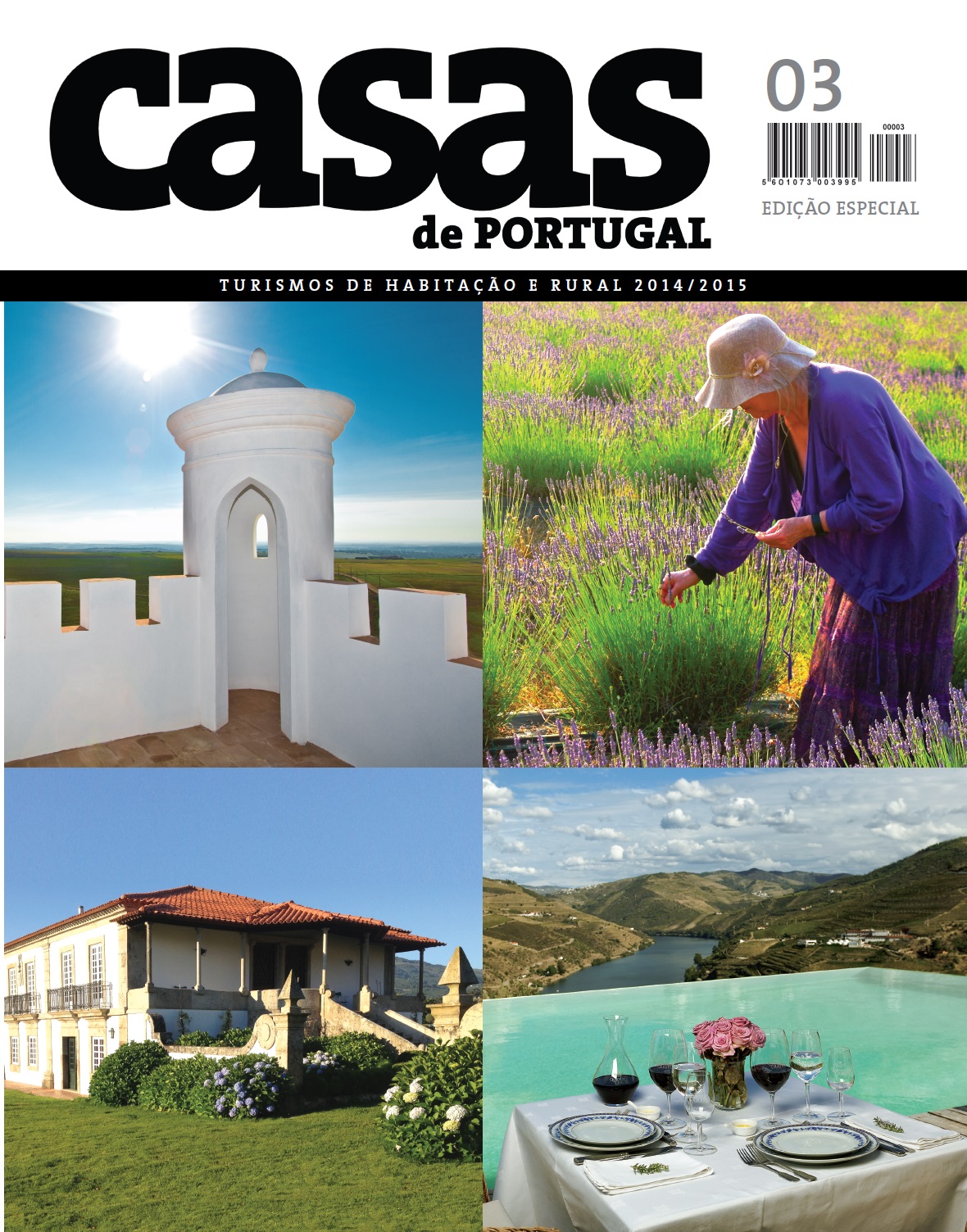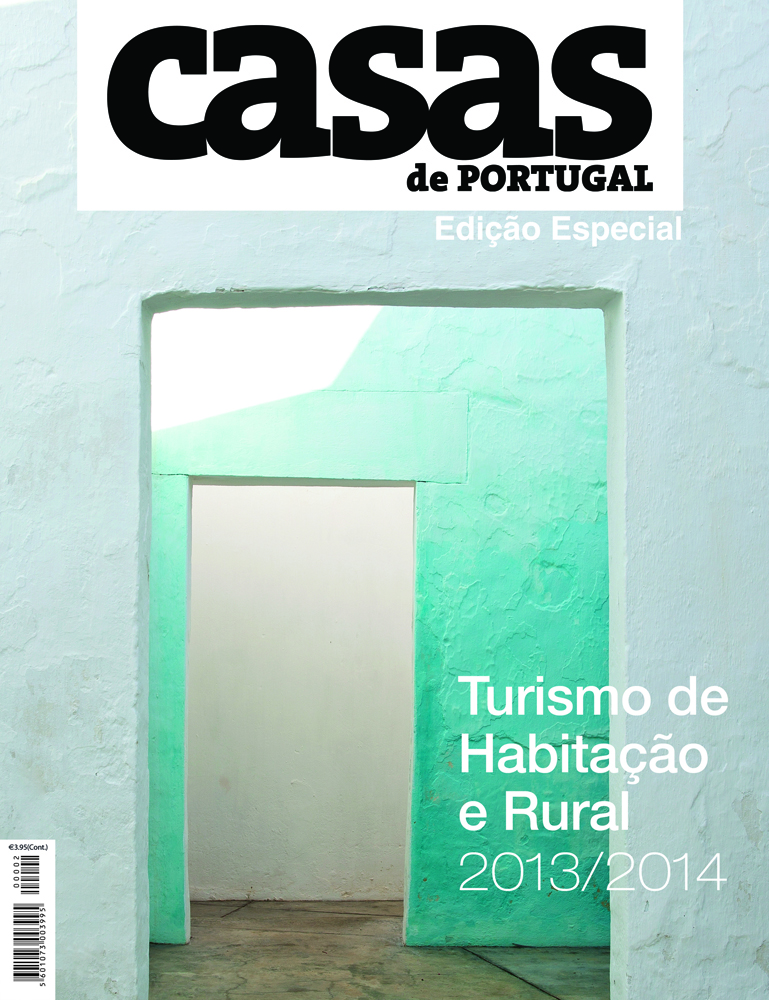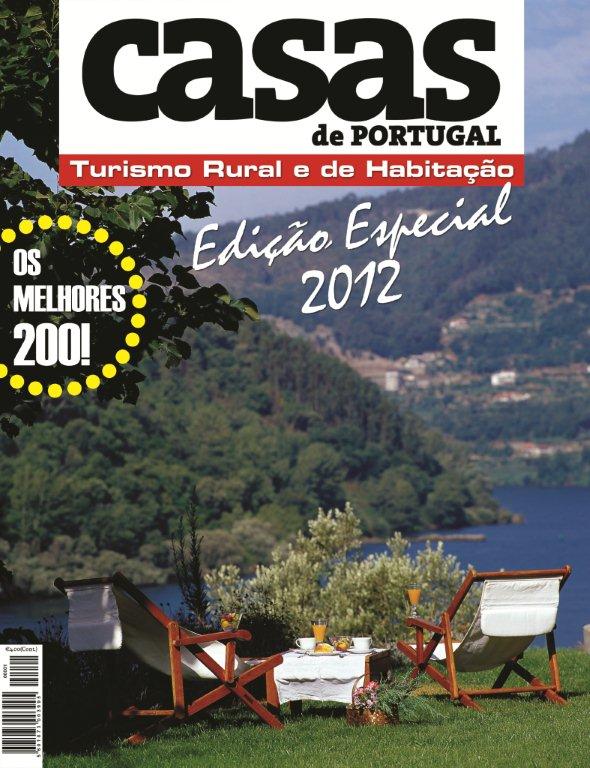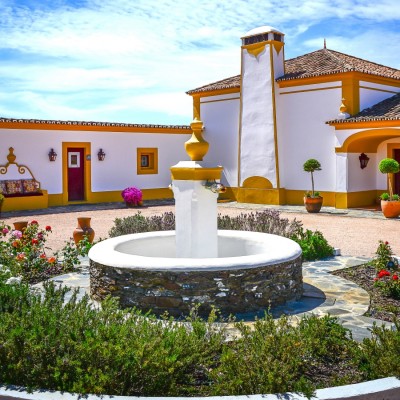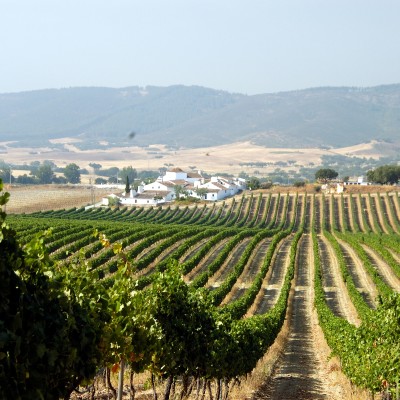
Beja
Situated on a hill (277 m), commanding a strategic position over the vast plains of the Baixo Alentejo, Beja was already an important place in antiquity. Already inhabited in Celtic times, the town was later named Pax Julia by Julius Caesar in 48 BCE, when he made peace with the Lusitanians. He raised the town to be the capital of the southernmost province of Lusitania (Santarém and Braga were the other capitals of the conventi). During the reign of emperor Augustus the thriving town became “Pax Augusta”. It was already then a strategic road junction.
When the Visigoths took over the region, the town, then called Paca, became the seat of a bishopric. Saint Aprígio (died in 530) became the first Visigothic bishop of Paca. The town fell to the invading Umayyad army in 713.
Starting in 910 there were successive attempts of conquest and reconquest by the Christian kings. With the collapse of the Umayyad Caliphate of Córdoba in 1031, Beja became a taifa, an independent Muslim-ruled principality
Only with Manuel I in 1521 did Beja again reach the status of city. It was attacked and occupied by the Portuguese and the Spanish armies during the Portuguese Restoration War (1640–1667).
Beja became again the head of a bishopric in 1770, more than a thousand years after the fall of the Visigothic city. In 1808 Napoleonic troops under General Junot sacked the city and massacred the inhabitants.
Monuments:
Convento do Sagrado Coração de Jesus (Carmelo de Beja) |Castelo | Pelourinho | Sé Catedral | Igreja do Salvador | Ermida de Santo André | Hospital da Misericórdia | Igreja da Misericórdia de Beja | Igreja de Nossa Senhora do Pé da Cruz | Igreja de Nossa Senhora dos Prazeres de Beja | Igreja de Santo Amaro | Igreja Matriz de Santa Maria da Feira | Monumento ao prisioneiro político desconhecido | Arquivo Distrital | Arquivo Municipal | Biblioteca Municipal de Beja José Saramago | Casa da Cultura | Conservatório Regional do Baixo Alentejo | Espaço Museológico Rua do Sembrano | Galeria dos Escudeiros | Museu Botânico da ESAB/IP | Museu Jorge Vieira – Casa das Artes | Museu Rainha Dona Leonor (Museu Regional de Beja) | Núcleo Visigótico | Praça de Touros | Teatro Municipal Pax Julia
Places to visit:
Aljustrel, Almodôvar, Alvito, Barrancos, Castro Verde, Ferreira do Alentejo, Mértola, Moura, Odemira, Ourique, Serpa, Vidigueira.
Leave a comment
Related Unities
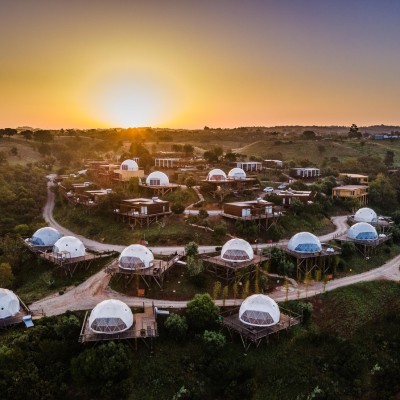
Reserva Alecrim
In Santiago do Cacém, just 130 km from Lisbon Airport, in the Alentejo Littoral, between Comporta and Costa Vicentina, down the mountain on the way to the beach, you will […]

A Serenada Enoturismo
A Serenada Enoturismo The property, with 23 Ha, has been in the same family for over three centuries. Tradition shows both in the way we make wine and welcome our […]
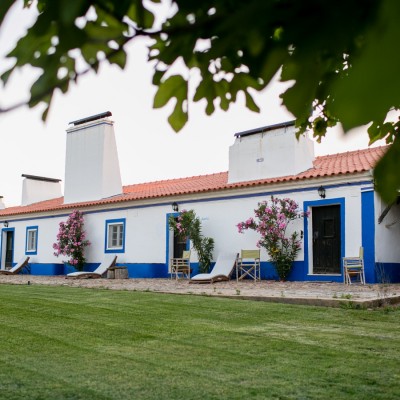
Monte do Ramalho
This is a typical manor of the south of Portugal – “herdade alentejana” – being for more than 100 years. Initially founded as an agricultural production farm, Monte do Ramalho […]
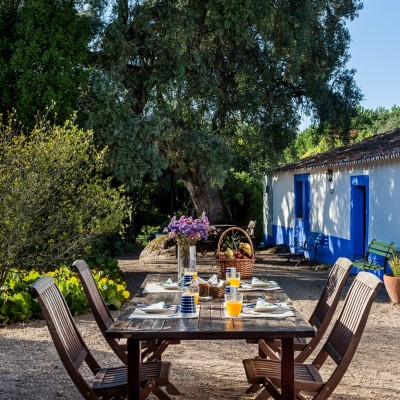
Monte do Serrado de Baixo
The farmstay is only 8 kms from the world heritage city of Évora. From here you can walk along the 16th century aqueduct or cycle to the city or to […]
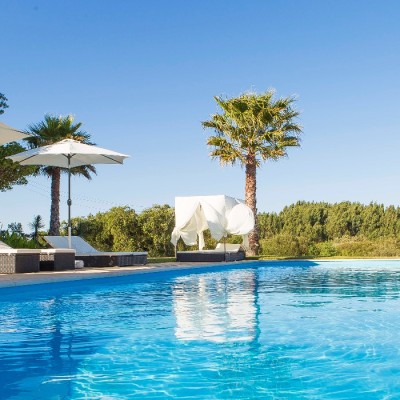
Herdade da Sanguinheira
We are in the heart of the Alentejo region. Surrounded by bucolic oak groves and plains which seem endless, here you find another life. The country silence echoes and we […]
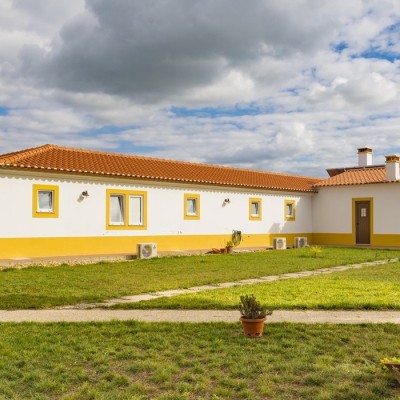
Refúgio das Origens – Turismo Rural
The Refúgio das Origens is in Monte Novo do Vale Lousal, in Ermidas do Sado, in the municipality of Santiago do Cacém, in the middle of Alentejo, Portugal. This agro-tourism […]
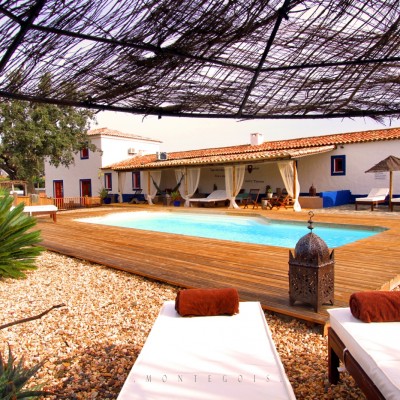
Monte Gois Country House e Spa
Located in the Serra do Mú, Monte Gois Country House & Spa is a very unconventional Alentejo hill that provides a colourful mix ranging from pink to blue tones, through […]
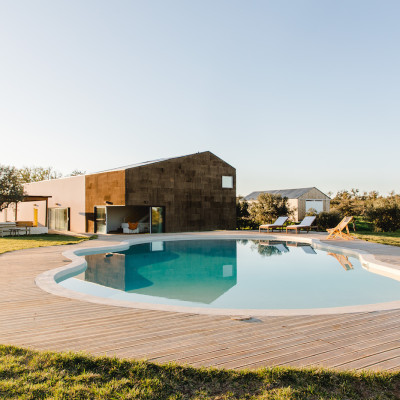
Monte da Casa do João
Monte da Casa do João is a sustainable and exclusive farm stay designed and built for families and groups of friends looking for the ideal place for a short weekend […]

